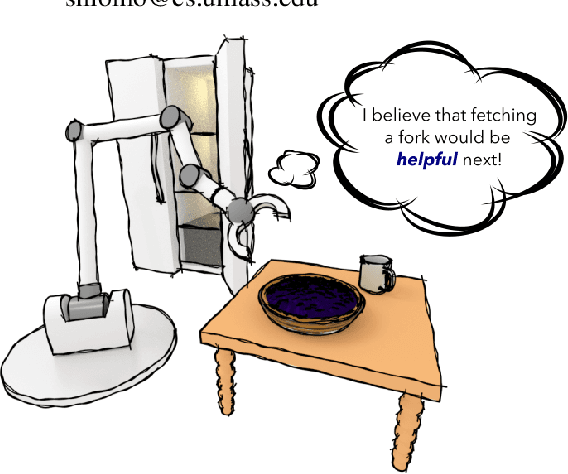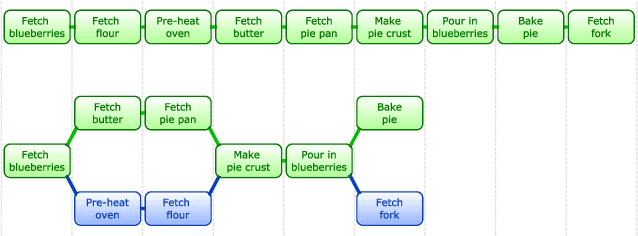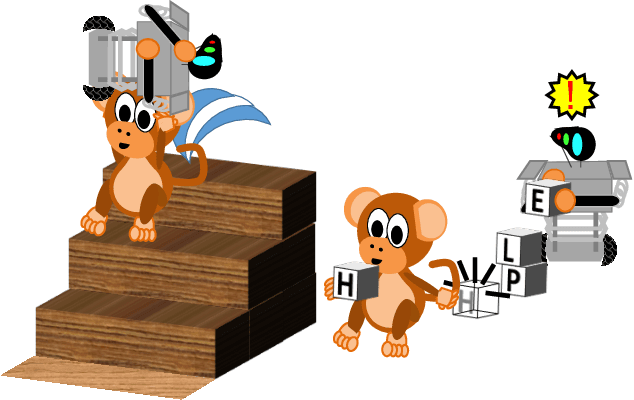Helpfulness as a Key Metric of Human-Robot Collaboration
Paper and Code
Oct 10, 2020



As robotic teammates become more common in society, people will assess the robots' roles in their interactions along many dimensions. One such dimension is effectiveness: people will ask whether their robotic partners are trustworthy and effective collaborators. This begs a crucial question: how can we quantitatively measure the helpfulness of a robotic partner for a given task at hand? This paper seeks to answer this question with regards to the interactive robot's decision making. We describe a clear, concise, and task-oriented metric applicable to many different planning and execution paradigms. The proposed helpfulness metric is fundamental to assessing the benefit that a partner has on a team for a given task. In this paper, we define helpfulness, illustrate it on concrete examples from a variety of domains, discuss its properties and ramifications for planning interactions with humans, and present preliminary results.
 Add to Chrome
Add to Chrome Add to Firefox
Add to Firefox Add to Edge
Add to Edge